by Leaders Project | Mar 18, 2023
Dr. Catherine Crowley developed these questions over the course of her clinical practice. She has found them to be the most effective and valid pieces of information needed by the evaluator in order to distinguish language difference from disorder, especially in culturally and linguistically diverse populations.
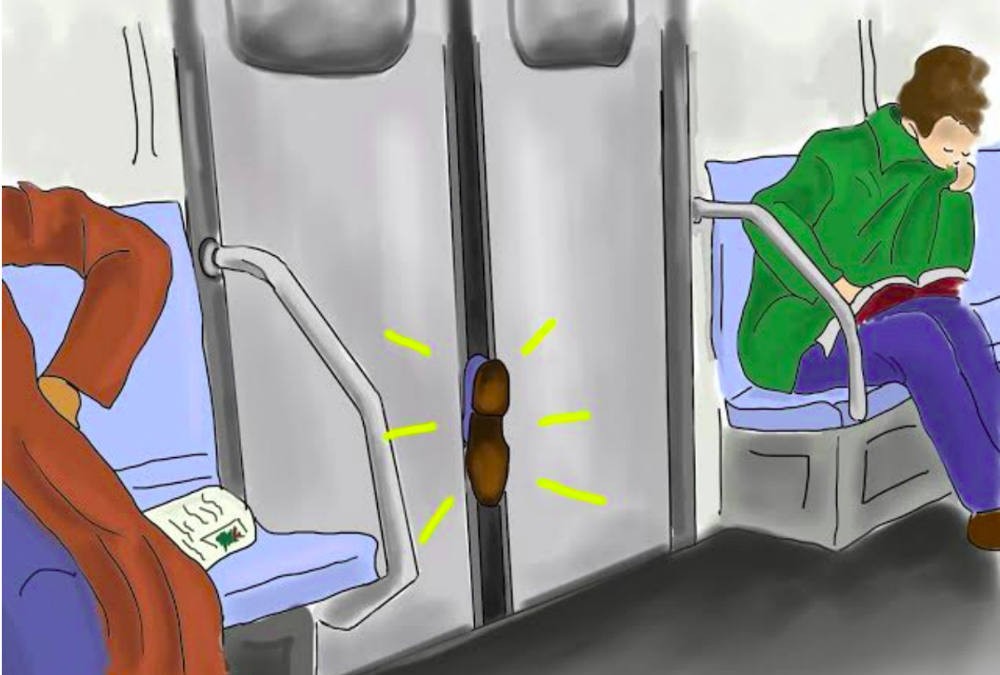
by Leaders Project | Jan 4, 2023
This language elicitation card and questions were designed as a tool to be used in assessing language for preschool and elementary school aged children.
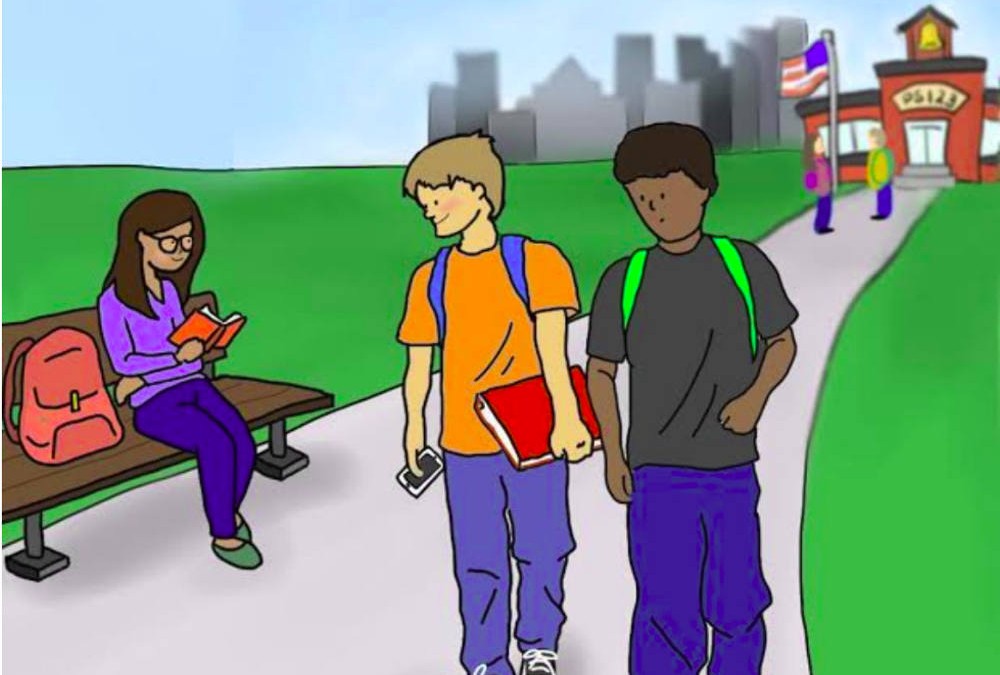
by Leaders Project | Jan 4, 2023
This set of language elicitation cards and questions was designed as a tool to be used in assessing language for junior high and high school aged children.
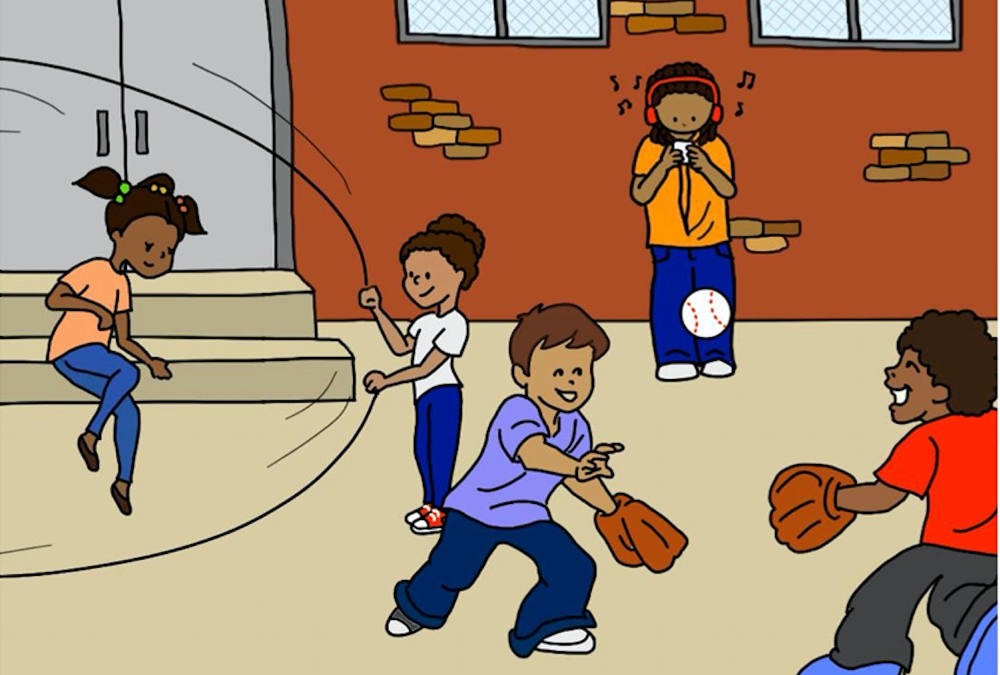
by Leaders Project | Jan 4, 2023
This set of language elicitation cards and questions was designed as a tool to be used in assessing language for junior high and high school aged children.

by Leaders Project | Jan 4, 2023
This set of language elicitation cards and questions was designed as a tool to be used in assessing language for preschool and elementary school aged children.
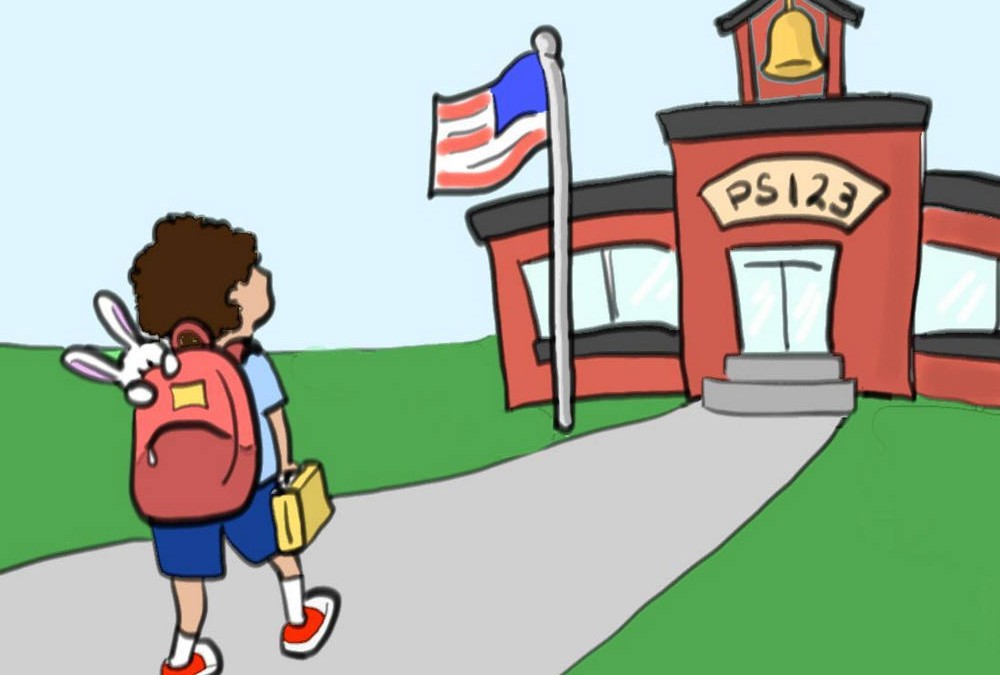
by Leaders Project | Jan 3, 2023
This set of language elicitation cards and questions was designed as a tool to be used in assessing language for preschool and elementary school aged children.
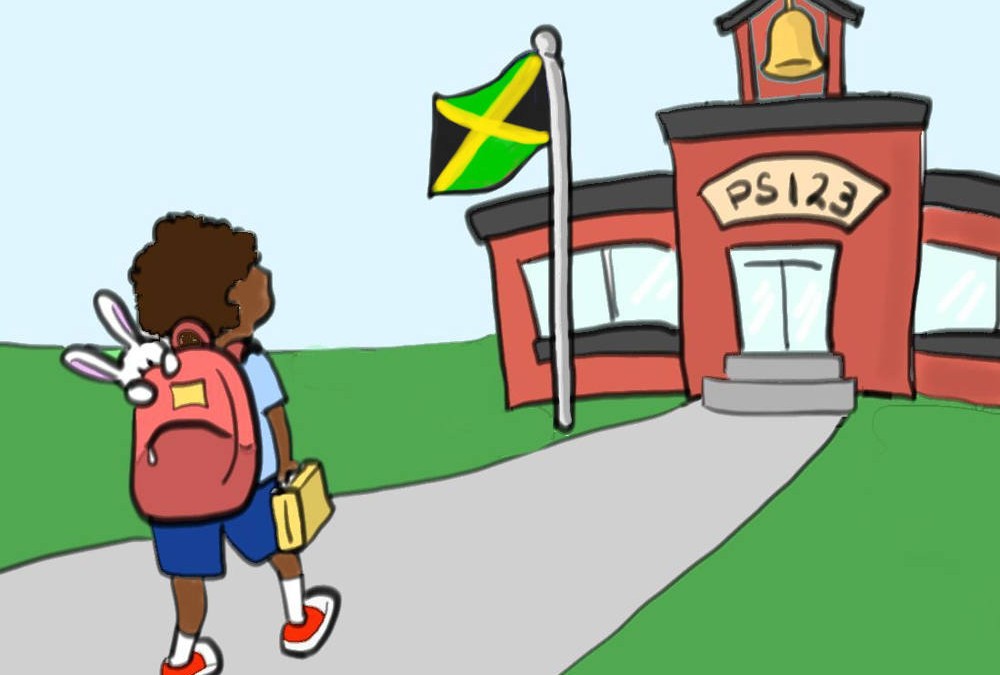
by Leaders Project | Dec 4, 2015
This set of language elicitation cards and questions was designed as a tool to be used in assessing language for preschool and elementary school aged children.


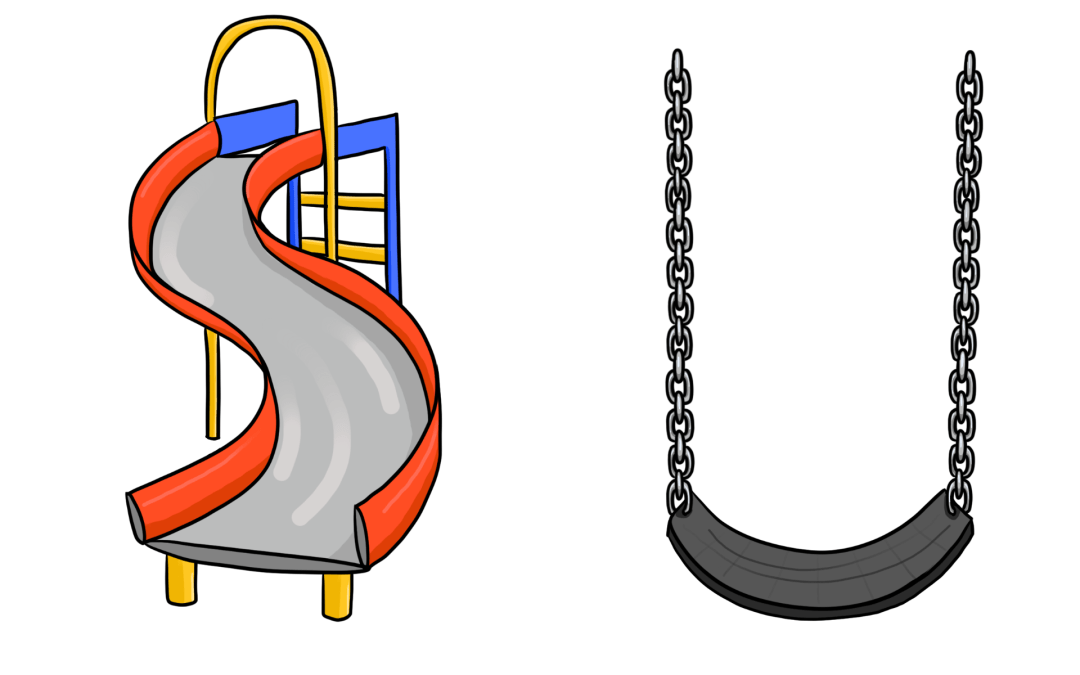
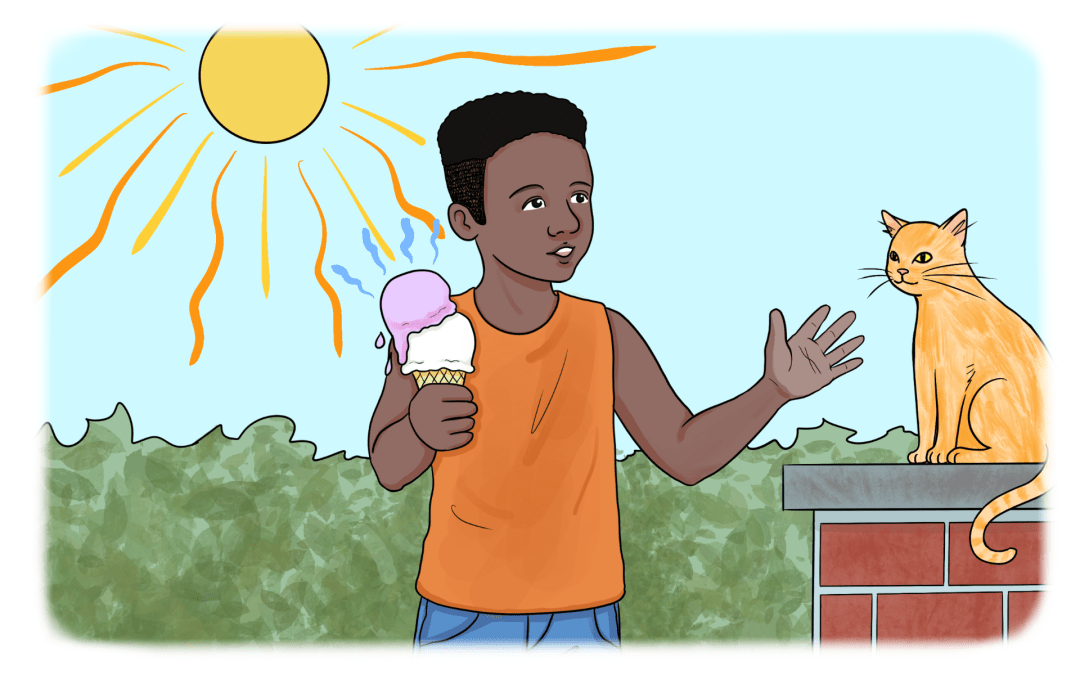






![[feed link]](/wp-content/plugins/rss-just-better/rss-cube.gif)